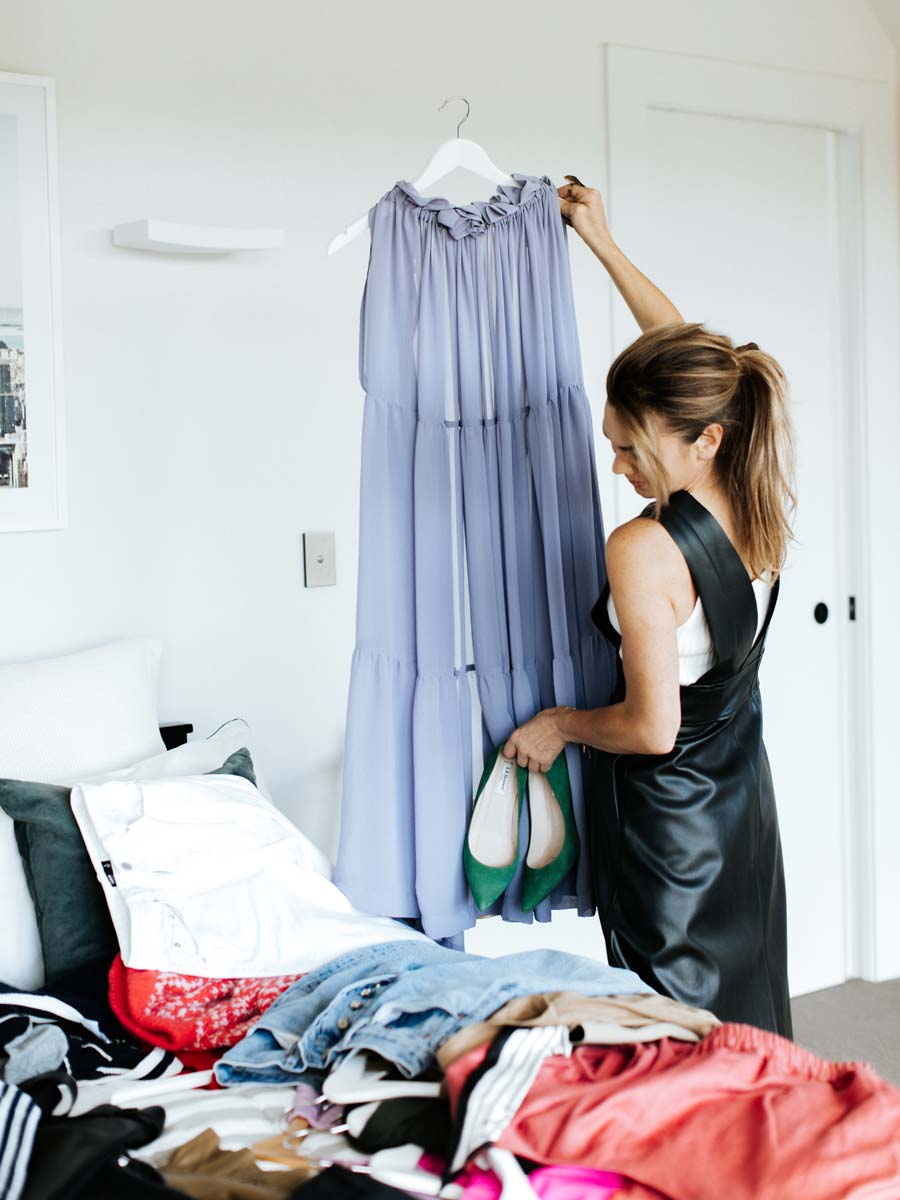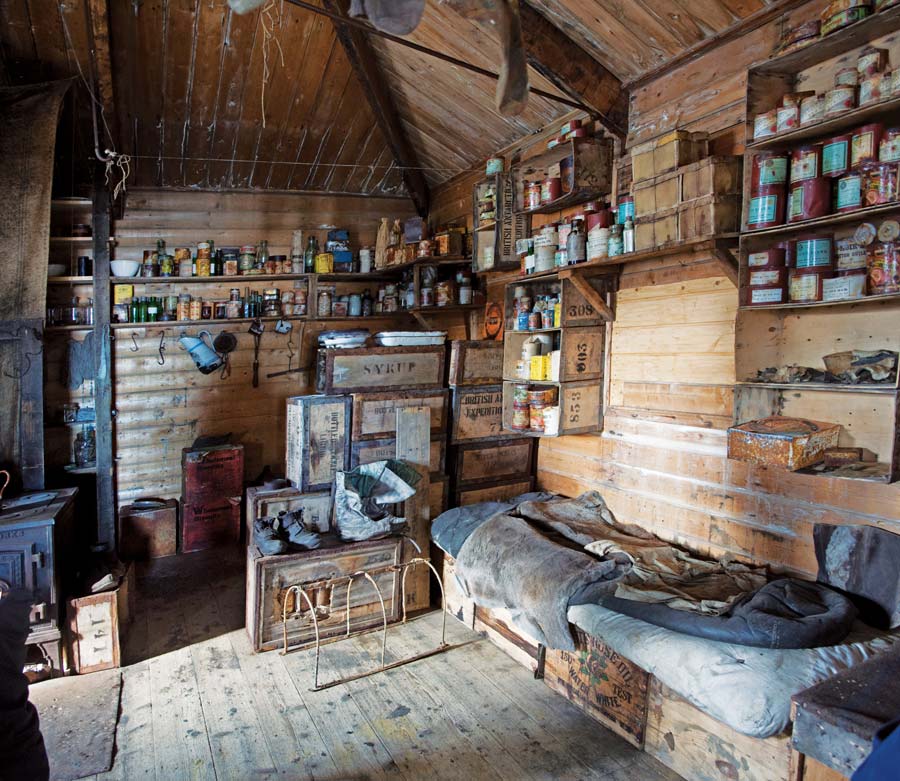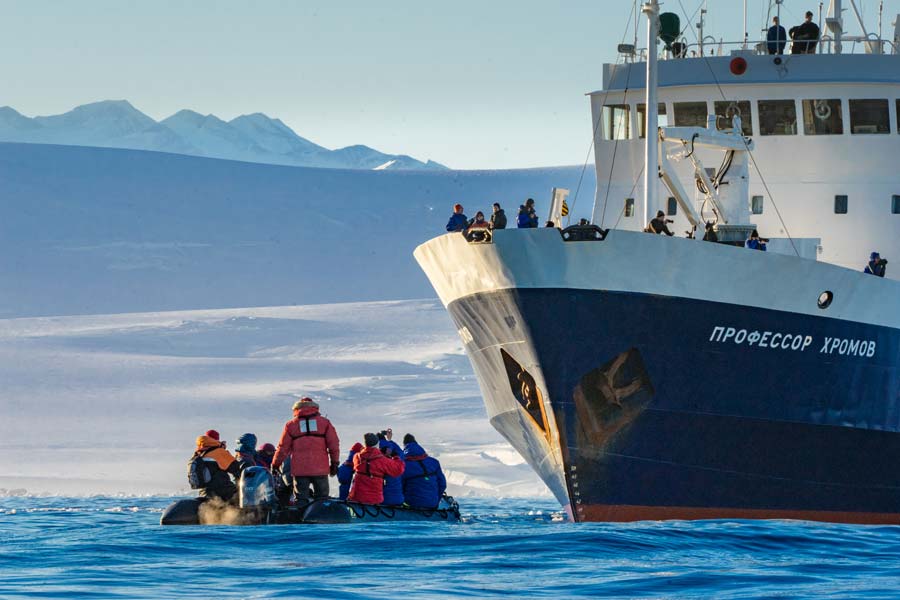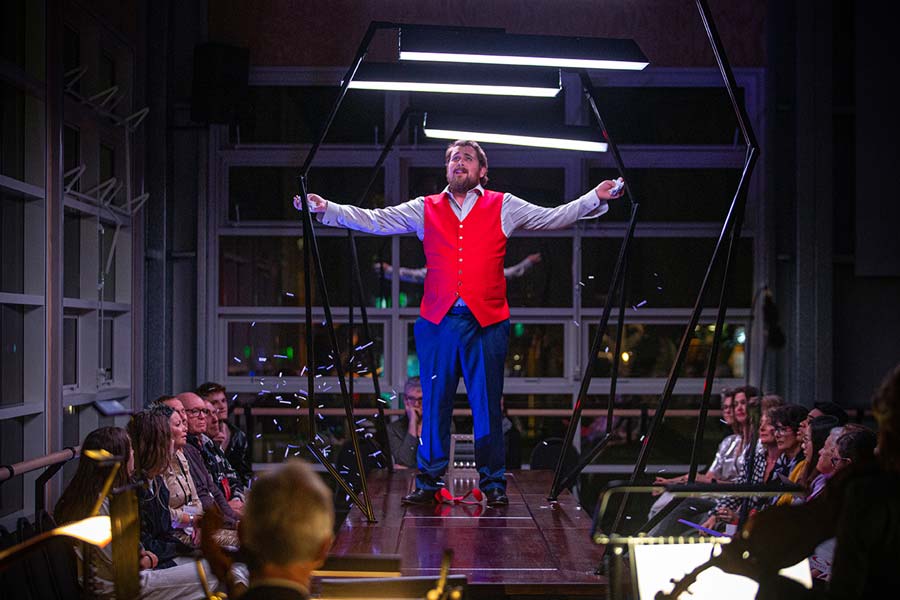Lou Heller is a stylist, personal shopper, and a judge at the upcoming IRT NZ Trotting Cup Day at Addington Raceway in Christchurch. She's letting us in on her best race day fashion tips and seasonal style.
Are you looking forward to your first year judging The Crossing Fashion Starts Here Best Dressed Competition? To sum it up, when I received the email a few weeks back, I may have done a wee squeal with excitement! I’ve always wanted to enter fashion in the field since moving from Taranaki 21 years ago, and attending Cup and Show week, but I’ve never had the guts to. To be a judge has been a secret dream of mine for years, and for it to come to fruition is incredible.
What’s the golden rule of race day fashion? Tough one. I’ve got so many answers for this. Essentially, when I have used my own self as a measure, it has to be about wearing something that allows you to feel ‘like you’. You can always sense the punters who get dressed to impress others, or wear something that isn’t ‘them’, as their energy gives it away. And lastly, challenge your style, push your boundaries but stay true to you.
What are you hoping to see? I’m really hoping to see something I’ve not seen before, outfits that aren’t rehashed from social media at recent race day events overseas. We can always emulate to stimulate as I say, but when I’ve seen past entrants wear something strikingly similar to someone else, I feel it can be an easy solution, when someone may have gone out of their way to go and wear an original but not placed. I always want to see and feel firstly their confidence, then their creativity, refinement, class, preparation, accessories... and lastly what fun they can bring.
What advice do you have for contestants? Own it. Own your outfit and do it for you. We have been through so much this year, so if there’s one year you want to throw caution to the wind and front up and have some fun on stage, this is the year to do it.
How should race wear be different from evening wear? Race wear traditionally is more refined plus more statement. Think classic shapes and silhouettes. Stay away from plunging necklines. Accessories are a must, and most importantly, the headwear.
How important is it to work with a theme? I feel a theme can sometimes be a great place to begin. Overall there has to be a story to your look without trying too hard to be matchy-matchy. I’m a creative, so I appreciate someone who’s put thought into the whole head-to-toe. Hair, make up, accessories, and of course the dress. I always say to my clients, “Feel what your dream outfit looks like, and what that feels like on you in your imagination.” If you can portray that feeling in real life, you’re already halfway there.
What’s the most common fashion faux pas? Short dresses, VUL (visible underwear lines), carrying your shoes around at the end of the day, and attending with little or no effort! (Men too). It’s the races – go all out!
How do you nail selecting a hat or fascinator? I always start with the head-to-toe look and ‘feel’ I’m wanting to give off when wearing the outfit. The headpiece needs to work seamlessly, and not compete too much. You can absolutely still clash the headpiece, but it needs to visually work overall with everything else. This is where line, form and design come in. For it to be successful there has to be cohesion in some way.
What’s the best way to get the judges’ attention? Contestants who wear something that visually represents their passion and love for being there on stage. That wonderful sense of “I feel amazing, I love my outfit, and I have put effort into this”. It’s one of our biggest days of the year, and generally you will have spent months prepping for that one moment on stage. There’s the cliché ‘their smile’, but if you are nailing everything else, you will naturally be doing so.
We’re keen to ask you about this season’s style trends. Can you describe ‘the look’ for SS20? I think we can attest to this when I say New Zealand has its own look to a degree. We live in our own wee bubble down here, and yet we are driven by international social media at the same time. Fashion is a constantly moving beast, and hard to pin down. I feel this year we have been so caught up in Covid, that we felt our style had to re-navigate, but we still want to dress for the occasion when it arises. The Danish have been the fashion set for a long time, with their edge, and their relaxing wear which has really come into its own this year. Labels like Ganni represent this movement so well. Cool streetwear you can head to a bar in, cook at home with your mates in, or watch Netflix in.
Are you noticing anything different about what people are wearing this year? I did notice people were really keen to head out once we hit Level 1. There was a sense of ‘life is short, wear the good stuff’, which is what I am all about. I never save my good pieces for events, as I love to wear them all the time.
Are there any colours that are standing out? We always see colours come in and go out. I find this is ever changing, but some tend to stand out more than others: green in lots of hues – khaki, sage, emerald, mint – is huge this year, coral pink, cerulean blue, edgy neutrals like turmeric yellow and copper.
What’s an essential fashion piece this season? My go-to is a really lovely interesting ‘everything dress’. One that can be worn dressed up or down. With sneakers, heels, boots, sandals, hats, headbands, and mismatched accessories to make it work for your lifestyle.
Fashion trend that needs to go? I answered this once and got backlash, so I’m going to be careful what I say here. I really feel it’s time for the zip-up sneaker with the inbuilt wedge to be given the boot. They should’ve gone a long time ago, but I still see them sneaking in occasionally.
What’s your must-know fashion tip? Trust your gut, and the rest will follow. Sometimes we stand in changing rooms, and more often than not we buy pieces that at the time we felt ‘meh’ in, but we still buy to fulfil a rush. We don’t stop and think “Do I love this? Do I feel amazing? Will it go with A, B, C, and D, in my wardrobe? And can I sleep on it?” I can assure you, if you don’t, it will sit in your wardrobe unworn.
Red or nude lipstick? Both have their place equally, that’s like comparing children to me. I love a smokey eye with a nude, and a fresh lined eye with a red.
Heels or sneakers? Again, both! However, if pain didn’t come into it, I would choose heels without a doubt; they can make any outfit come alive.
Can you tell us about your Wardrobe Detox? What are the ‘toxins’ and why should we get rid of them? Your toxic pieces are the ones that don’t serve your lifestyle, the ones you don’t feel amazing in regardless of their age or price, and the ones that don’t fit. More often than not, we hold onto these pieces because they are nostalgic, or we paid a lot for them. But these can prevent us from evolving, and we end up just buying more and more to try and fix the issue. I guess where I come in is that I can allow you to see this very clearly with gentle, honest guidance, yet I have to have some ruthlessness too.
What’s the best part about styling for a living? Without a doubt, meeting incredible people every time! Seeing and feeling their transformation, and how wonderfully vulnerable it is to spend time with them in their wardrobe and in changing rooms. Their eyes always light up, and their energy changes because they feel it for the first time in a long time. It’s a privilege to see.
What’s a possession you couldn’t live without? A timeless handbag! And definitely my phone. Eeek, yep, I said it.
Who are your favourite designers? So many. Workshop for me has always been a go-to, Helen Cherry has been a staple and fave of mine for 20 years or more, Isabel Marant, Iro, Zara, Aje, Agolde jeans, L.K. Bennett heels, Zimmermann. I loved the recent international resort fashion week looks, and have aspirations of owning some Sportmax and N°21. I tend to be drawn to androgynous style, but then love a good dress, which I love about the designers I wear. I mix it up, I wear high street with my more expensive pieces, as it allows me to get more crossover wearability. I buy quality second hand pieces too.
Fashion is… What we buy, and what happens collectively and seasonally directed by some incredibly talented people at the top of the fashion chain. But it’s what you do with it that makes it ‘your style’. Style is always how we speak to each other without speaking a word.
louhellerstylist.com




















































